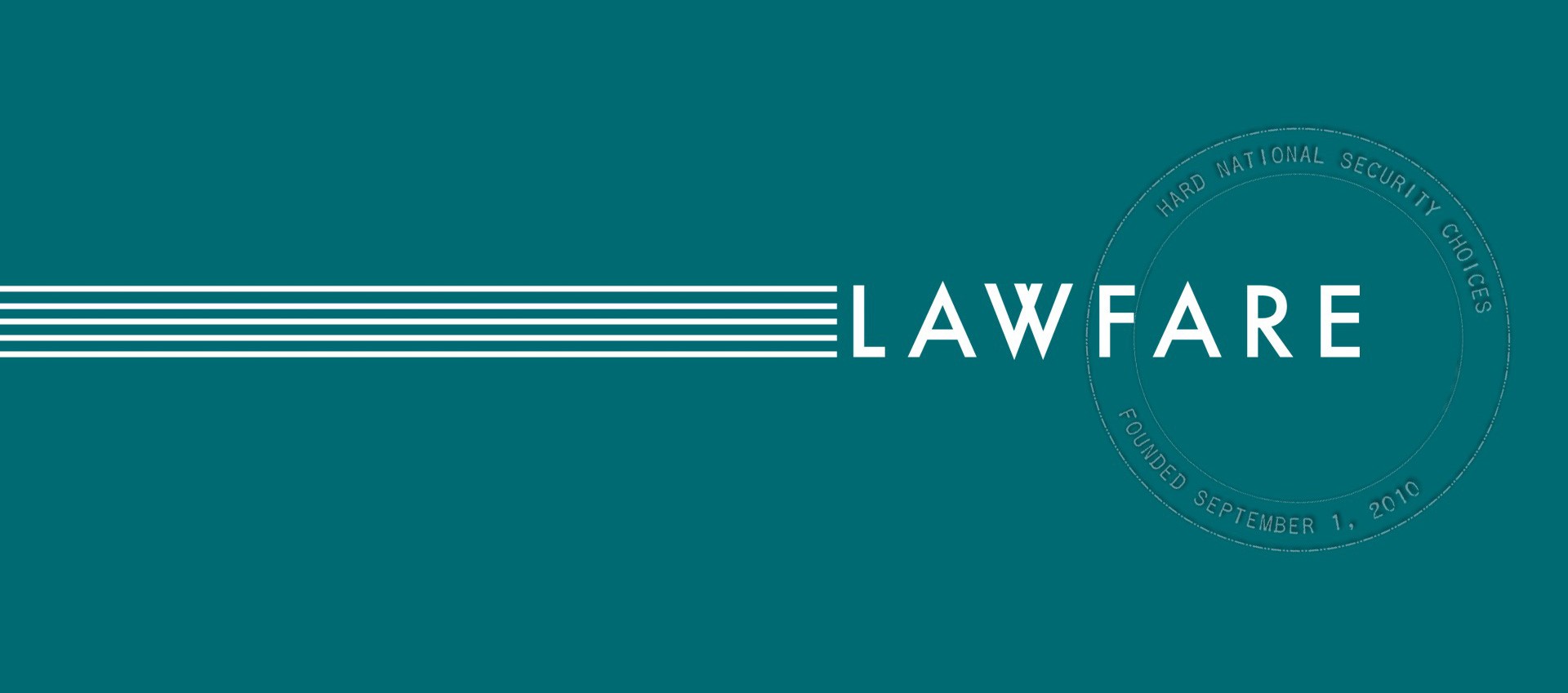U.S. Cyber Command's First Decade
United States Cyber Command turned ten years old in 2020. It is a unique institution—a military command that operates globally against capable adversaries and yet never fires a shot—and its design has been a work in progress.
Published by The Lawfare Institute
in Cooperation With

United States Cyber Command (USCYBERCOM) turned ten years old in 2020. It is a unique institution—a military command that operates globally in real time against determined and capable adversaries and yet never fires a shot or launches a missile. The Command comprises an amalgam of military, intelligence, and information technology capabilities that came together into its present shape more by design than by fortuitous chance. That design, however, was itself a work in progress.
The Command’s first decade built upon the notion that states must operate in cyberspace at scale and in real time. “Operating” means that key national systems and data have to be “fought” like a weapons platform; in other words, they enable and execute critical sovereign functions and thus cannot be switched off or managed as discrete and individual devices. Indeed, each system and device affects the whole, and that whole is now immense. Only operational processes can harness the military’s and the government’s limited talent and resources in ways that can accomplish such global tasks on behalf of the nation, and only military components have the training, expertise, equipment, and resources to fulfill key elements of that requirement full-time and without interruption.
That vision dawned on military and civilian leaders years before the establishment of USCYBERCOM. The Command then refined the vision through actual operations. USCYBERCOM was by no means a passive medium upon which other government and industry actors imposed their visions. On the contrary, the Command’s leaders, experts, and experiences influenced the course of discussions and resulting decisions. The evolution began two decades back, as key decisions were made that framed the institutional context for USCYBERCOM. This essay tells this story, from the recognition in the 1990s that so-called “strategic information warfare” was of growing importance, to the 2009 decision to establish a unified command, to the critical roles USCYBERCOM has played of late in combatting ISIS propaganda and defending national elections. USCYBERCOM’s history is interesting not only for what it says about military innovation and bureaucratic change in the US government, but also for the insight it offers on the development of other military cyber components among America’s allies, partners, and adversaries.




